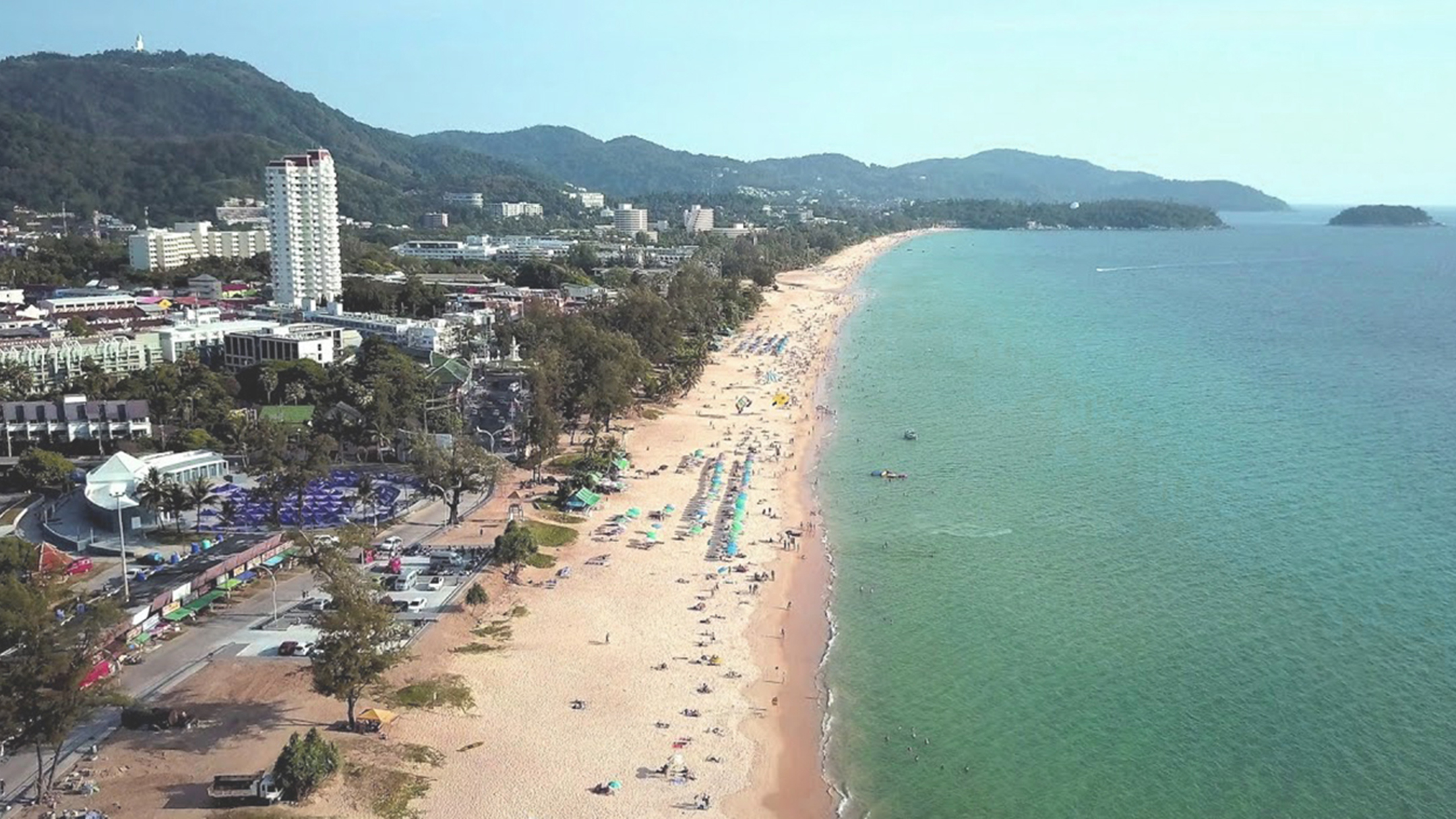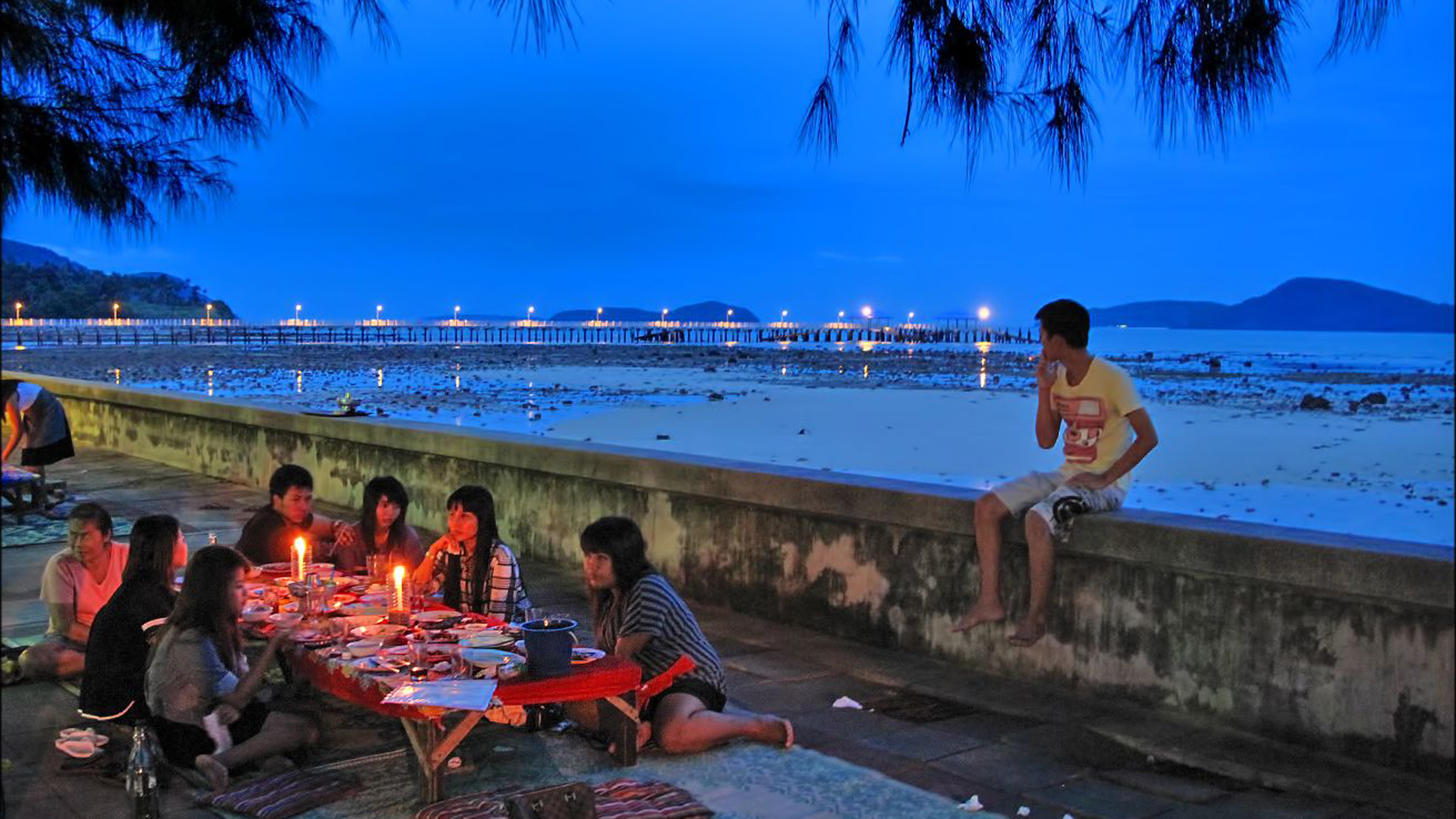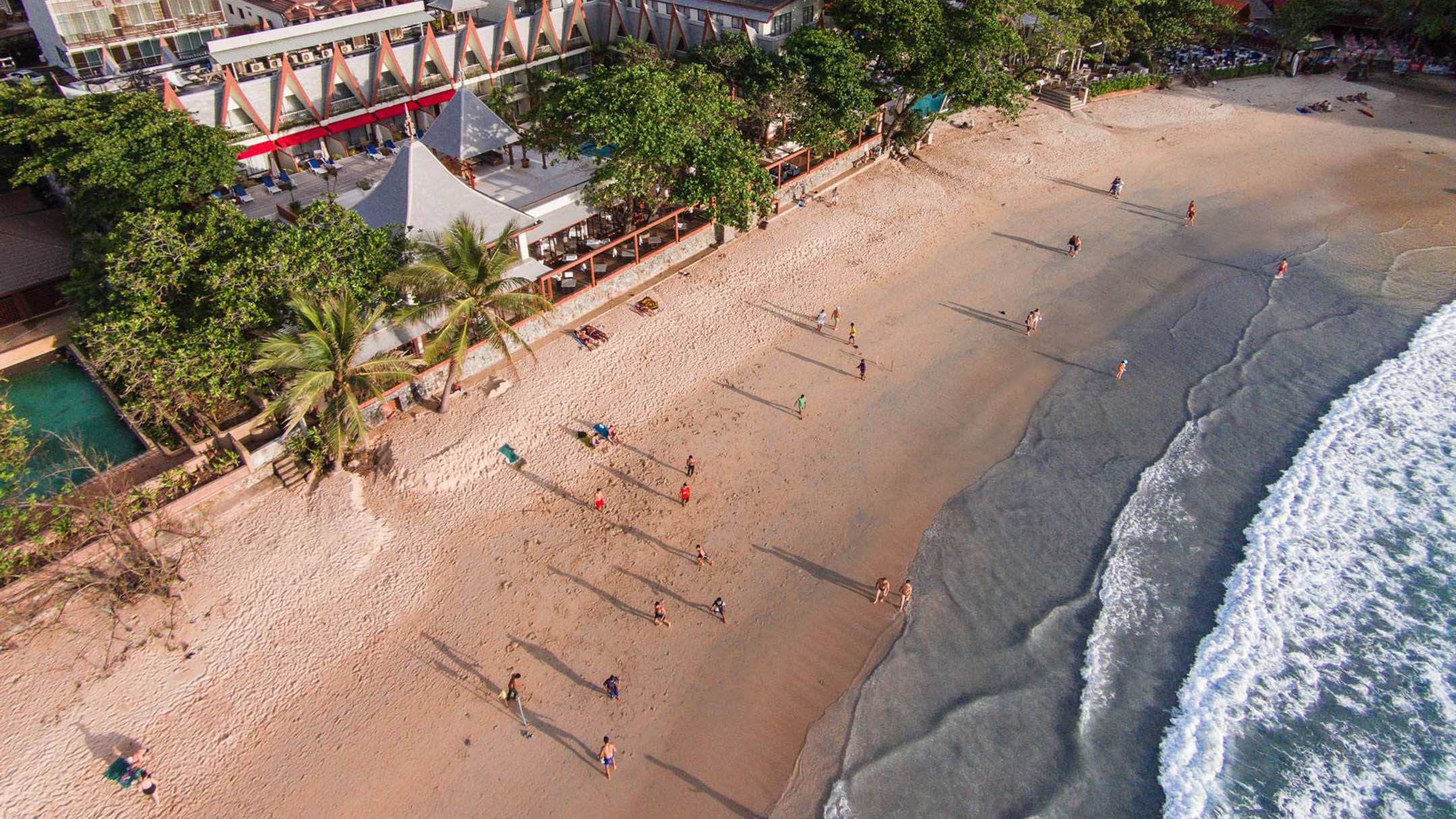Phuket Island

About
Phuket, Thailand’s largest island, is a destination that offers a rich tapestry of experiences beyond its renowned beaches. Since 1999, Coolvoyage Destinations, originally known as Phuket Italia, has been exploring and sharing the multifaceted beauty of this incredible island. Here’s a closer look at Phuket’s geography, transportation, curiosities, parks, reserves, population, and religions.
Phuket is more than just its famous beaches; it is an island of rich cultural heritage, diverse landscapes, and vibrant communities. Since 1999, Coolvoyage Destinations has been committed to showcasing the depth and diversity of Phuket, offering travellers a comprehensive and authentic experience of this remarkable island.

Transportation
Phuket’s transportation network is well-developed, catering to both locals and the millions of tourists who visit each year.
Phuket International Airport (HKT): Located in the north of the island, this airport is the gateway to Phuket, offering domestic and international flights. It is one of Thailand’s busiest airports and plays a crucial role in connecting Phuket to the rest of the world.
Roads and Highways: The island’s road system is extensive, with major highways connecting different parts of Phuket. **Highway 402** runs from the Sarasin Bridge down to the southern tip of the island. Traffic can be busy, especially in tourist areas like Patong and Phuket Town.
Local Transport: Tuk-tuks, taxis, and motorbike taxis are common forms of transport around the island. Public buses, known as **Songthaews**, operate between major towns and beaches. Renting a motorbike or car is also popular among tourists, offering flexibility in exploring the island.

Population and Religions
Phuket has a diverse population of over 400,000 residents, which swells significantly during the tourist season. The island’s population is a mix of ethnic Thais, Chinese, Malays, and a growing community of expatriates from around the world.
Religions: The predominant religion in Phuket is Buddhism, with most of the population practicing Theravada Buddhism. The island is dotted with temples, or Wats, where locals and visitors alike can observe or participate in traditional Buddhist practices.
Islam: A significant portion of Phuket’s population, particularly in the southern areas, practices Islam. There are several mosques on the island, reflecting the influence of Muslim Malays in the region.
Christianity and Other Religion: While smaller in number, there are also communities of Christians and practitioners of other religions on the island, served by various churches and religious centres.
Phuket’s cultural and religious diversity is reflected in its festivals, cuisine, and daily life, making it a truly unique and welcoming destination for travellers.

Geography
Phuket is located in the Andaman Sea, off the southwestern coast of Thailand. The island spans approximately 540 square kilometres, making it the largest island in Thailand. It is connected to the mainland by the **Sarasin Bridge**. The landscape of Phuket is diverse, featuring lush hills, dense rainforests, and a mix of agricultural land. The island’s interior is dominated by the **Phuket Mountain Range**, with its highest point, **Mai Thao Sip Song**, rising about 529 metres above sea level.
Phuket is surrounded by several smaller islands and islets, adding to its geographical allure. These islands are often part of day trips and excursions, providing opportunities for exploration and adventure.

Curiosities
Phuket is not only rich in natural beauty but also in cultural and historical curiosities:
Tin Mining History: Before tourism became the island’s main industry, Phuket was known for its tin mining. The island was a major source of tin for centuries, attracting Chinese immigrants who contributed significantly to Phuket’s cultural heritage.
Sino-Portuguese Architecture: In Phuket Old Town, you’ll find beautifully preserved Sino-Portuguese buildings, reflecting the island’s diverse cultural influences. These structures, often colourful and ornate, are a testament to Phuket’s historical ties with Chinese and European traders.
The Vegetarian Festival: One of Phuket’s most unique cultural events is the annual **Vegetarian Festival**, which takes place in October. This Taoist celebration is marked by elaborate rituals, including firewalking and body piercing, as participants seek to purify their spirits.

Parks and Reserves
Phuket is home to several national parks and reserves that protect its rich biodiversity and provide opportunities for eco-tourism.
Khao Phra Thaeo National Park: Located in the northeastern part of the island, this park is a last remnant of virgin rainforest on Phuket. It covers approximately 22 square kilometres and is home to diverse wildlife, including gibbons, macaques, and several species of birds. The park also features beautiful waterfalls like Ton Sai and Bang Pae.
Sirinat National Park: Situated near Phuket International Airport, this coastal park covers both land and sea, including mangrove forests, coral reefs, and pristine beaches. It’s an important area for the conservation of marine life and is a nesting ground for sea turtles.
Phuket Elephant Sanctuary: While not a traditional park, this sanctuary is a significant conservation effort on the island, offering a safe haven for rescued elephants. Visitors can learn about ethical elephant tourism and witness these majestic animals in a natural environment.

Karon Beach
Karon Beach is one of Phuket’s largest and most beautiful…

Patong Beach
Patong Beach, located on the west coast of Phuket, Thailand,…

Raway Beach
It seems you might be referring to “Rawai Beach” in…

Nai Harn Beach
Nai Harn Beach is a beautiful and relatively untouched beach…

Kata Beach
Kata Beach is another popular beach destination located on the…

